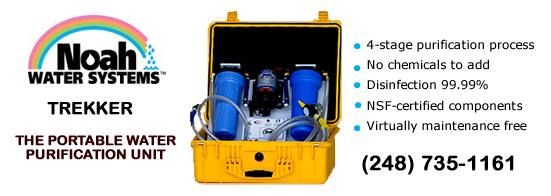Drinking Water Facility Feature For the week of May 22 – 28, 2023
DWF of the Week: Saugerties Village Water System Watershed: Lower Hudson River
Owner: local government
Location: Saugerties, NY County: Ulster Active Permit: NY5503386
Current Notices: Boil Water Advisory: May 6 - Saugerties - The town issued a mandatory boil water order for residents of the Bluestone Park water district until further notice on Friday, May 5. The town said to bring the water to a rolling boil for two minutes and allow it to cool before safe use
System Type: community water system Population Served: 4200
Source: surface water Blue Mountain Reservoir
Storage Capacity: 6 million gallons
The Village of Saugerties water supply is drawn from the Blue Mountain Reservoir, fed by four main streams and many more small streams and springs originating in the Catskill Mountains. The larger streams feeding into the Village of Saugerties’ drinking water reservoir are the Plattekill, the Cotton, the Lucaskill and the Manorville in an area of approximately 18.5 square miles.
Water plant: gravity fed from the reservoir to the filtration plant; soda ash is added to adjust the pH, poly aluminum chloride is added to promote particles to stick together and settle out. The Governor’s Office of Storm Recovery funded an upgrade in June 2021, adding a pre-filter high rate tube settler, which allows the plant to operate and process water through periods of high turbidity (high suspended particulate matter). Three upflow clarifiers take out the larger floc particles at this stage. The next stage is a series of three mixed media filters, including an aid to improve filtration and the effluent turbidity coming from the clarifiers. The final polish step is to filter out the fine particles remaining after the clarifiers. Each mixed media filter can process 850,000 gallons per day. The final step is disinfection with chlorine. This water system has a clean record with the EPA, showing no exceedance of maximum contaminant levels for the by-products of chlorine disinfection in the last 12 quarters.
Orthophosphate inhibitor is added for corrosion control.
Treatment Capacity: 1.8 million gallons per day
Finished Water Storage: 78,000 gallon clearwell
Distribution: water from the clearwell is gravity fed to the village including a 3 million gallon storage tank.
Contact: Mike Hopf 845-246-2321 x5
Latest Compliance Inspection: Sanitary survey, complete November 12, 2021 (State)
Status: No EPA violations identified
No deficiencies or recommendations made in the latest inspection report.
The following information gathered from federal EPA pertains to the quarter ending Dec 31, 2022 (data last refreshed on EPA database April 5, 2023)
|
Non-compliant inspections
(of the previous 12 quarters)
|
with Significant Violations
(of the previous 12 quarters)
|
Informal
Enforcement Actions
(last 5 yrs)
|
Formal
Enforcement Actions
(last 5 years)
|
|
0 out of 12
|
0 out of 12
|
2
|
0
|
*Note that drinking water information provided on this site is aggregated from the federal EPA database, state resources and local government sources where available.
EPA publishes violation and enforcement data quarterly, based on the inspection reports of the previous quarter. Water systems, states and EPA take up to three months to verify this data is accurate and complete.
Specific questions about your local water supply should be directed to the facility.
The EPA safe drinking water facilities data available to the public presents what is known to the government based upon the most recently available information for more than one million regulated facilities. EPA and states inspect a percentage of facilities each year, but many facilities, particularly smaller ones, may not have received a recent inspection. It is possible that facilities do have violations that have not yet been discovered, thus are shown as compliant in the system.
EPA cannot positively state that facilities without violations shown in ECHO are necessarily fully compliant with environmental laws. Additionally, some violations at smaller facilities do not need to be reported from the states to EPA. If ECHO shows a recent inspection and the facility is shown with no violations identified, users of the ECHO site can be more confident that the facility is in compliance with federal programs.
The compliance status of smaller facilities that have not had recent inspections or review by EPA or the states may be unknown or only available via state data systems.

